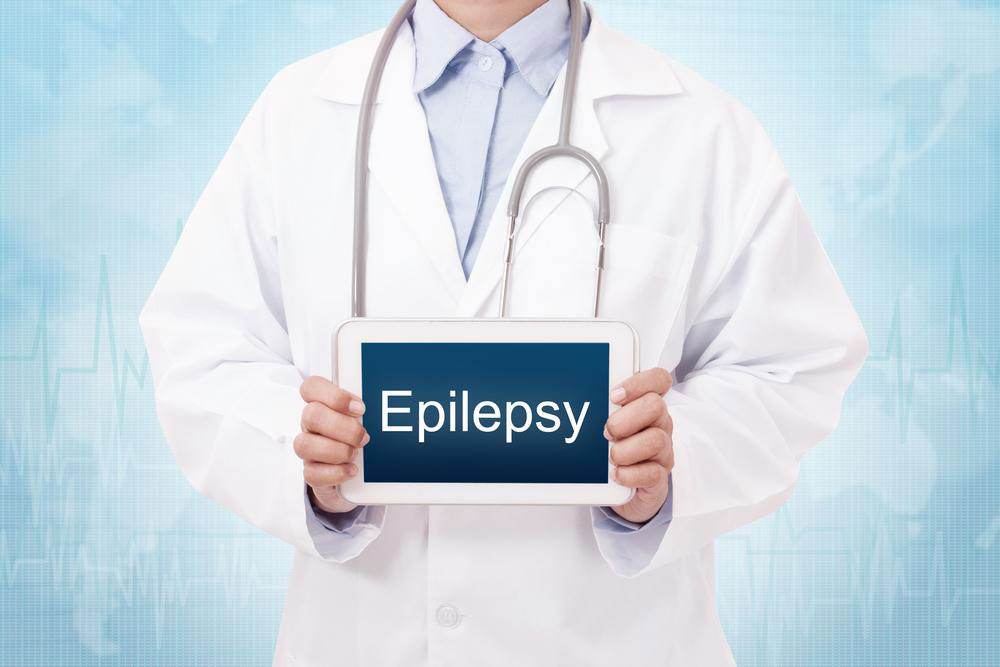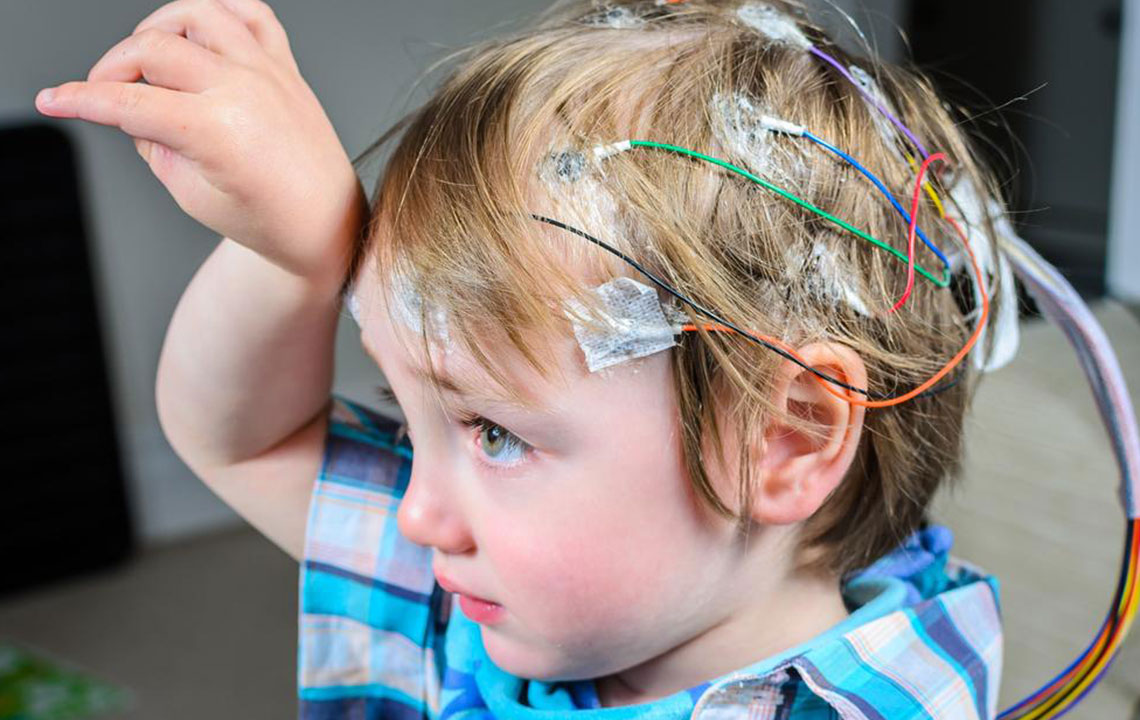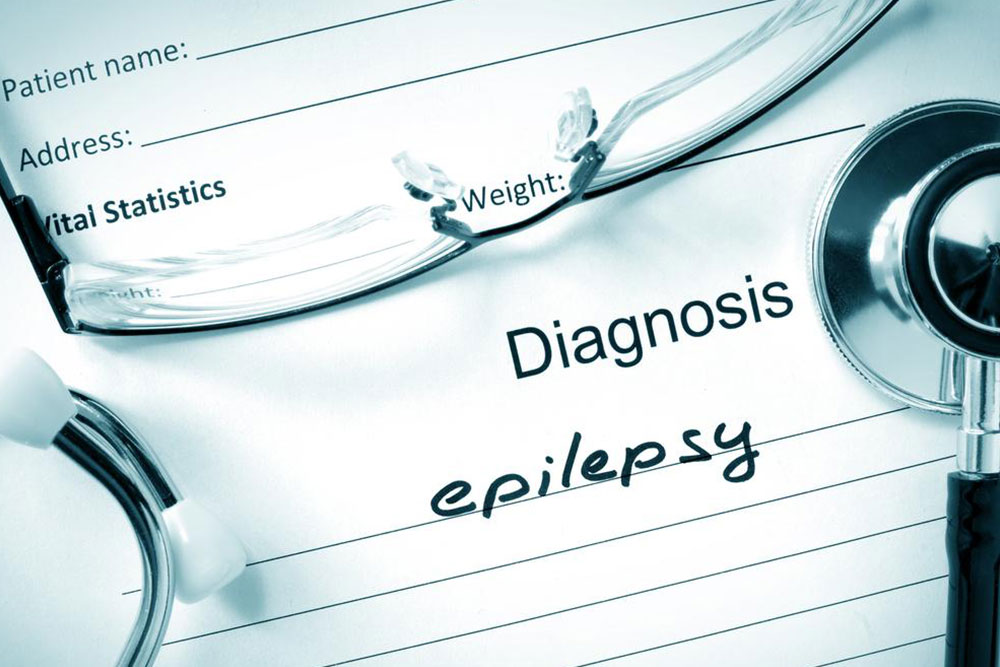Understanding the Different Types and Symptoms of Seizures
This article offers a comprehensive overview of different seizure types and their symptoms. It explains focal and generalized seizures, detailing signs such as aura, muscle twitching, and unconsciousness, aiding early recognition. Understanding these symptoms helps in prompt medical intervention and better management of epilepsy and related disorders. Awareness is crucial for those at risk, ensuring timely diagnosis and treatment to improve quality of life.

Understanding the Different Types and Symptoms of Seizures
Advancements in medical science have significantly reduced mortality rates worldwide, but certain health issues persist, affecting countless lives. Seizures are one such condition, caused by abnormal electrical activity in the brain that disrupts normal functions. Although seizures typically last around a minute, they can cause severe discomfort during episodes. Seizures are categorized into focal and generalized types, with symptoms varying based on the specific kind experienced.
The symptoms of focal seizures depend on the brain area affected. These are divided into simple and complex focal seizures. Simple focal seizures do not impair consciousness, often manifesting as unusual sensations, smells, tastes, or feelings of déjà vu. They may include tingling, body rigidity, or twitching. Such symptoms often serve as warnings (auras) before a major seizure.
Complex focal seizures involve loss of consciousness and memory, with signs like lip-smacking, vigorous hand movements, strange noises, or unusual postures. Individuals may also gurgle, chew, or exhibit involuntary behaviors.
Generalized seizures involve simultaneous electrical misfires in both brain hemispheres. These are classified into six types:
Tonic-clonic (grand mal): Includes muscle stiffening, jerking, loss of bladder control, difficulty breathing, or tongue biting.
Clonic: Characterized by rhythmic muscle jerks and twitching in the face, neck, or arms.
Tonic: Leads to muscle rigidity, extended seizures lasting over 2 minutes, and possible falls if standing.
Atonic: Causes sudden muscle limpness, risking loss of muscle control; common in Dravet syndrome.
Myoclonic: Features rapid muscle jerks or stiffening, often in the upper body.
Absence (petit mal): Shows as blank staring, eye-rolling, or disconnection from surroundings.
Recognizing these symptoms helps seek prompt medical attention. Accurate diagnosis and treatment are essential for managing seizures effectively.










